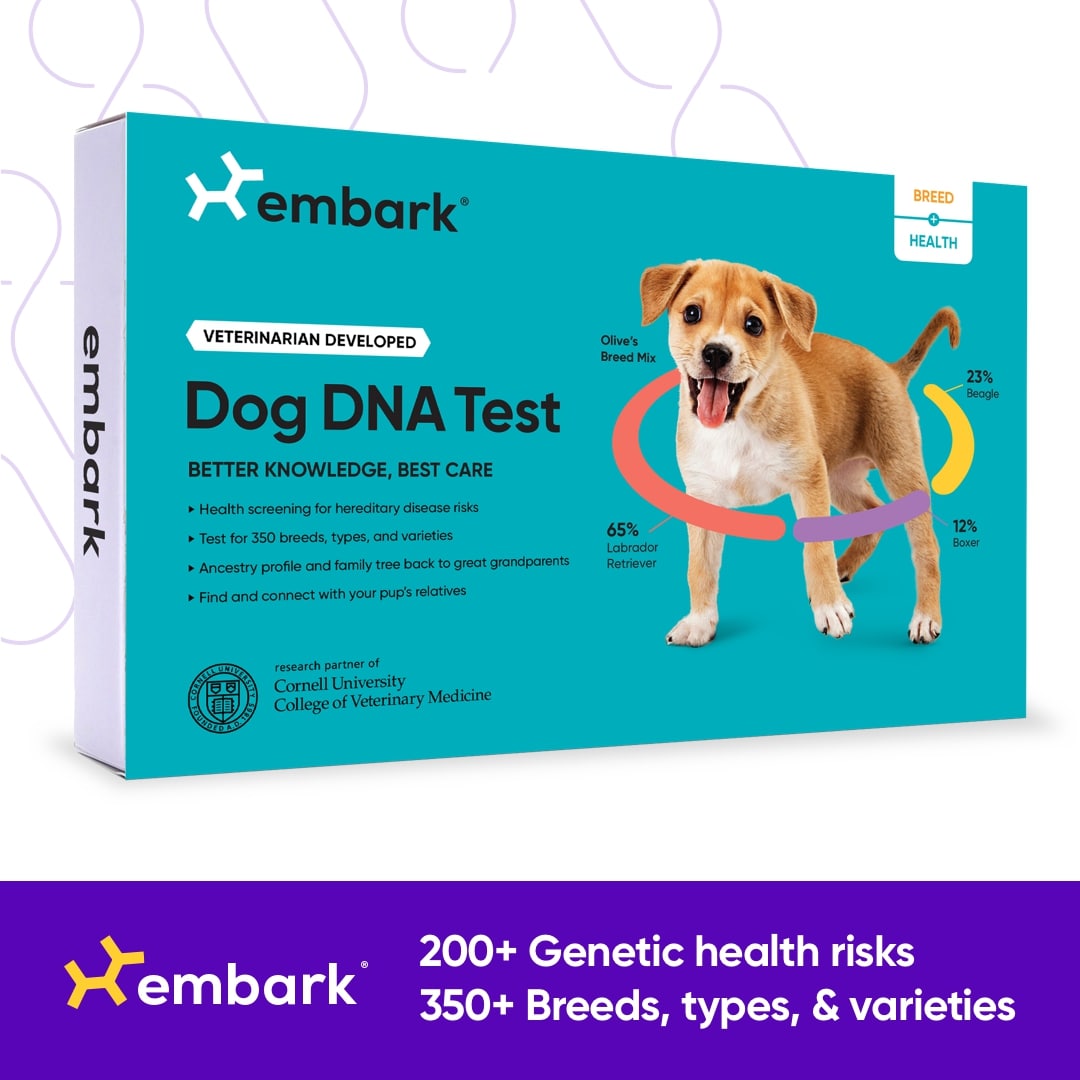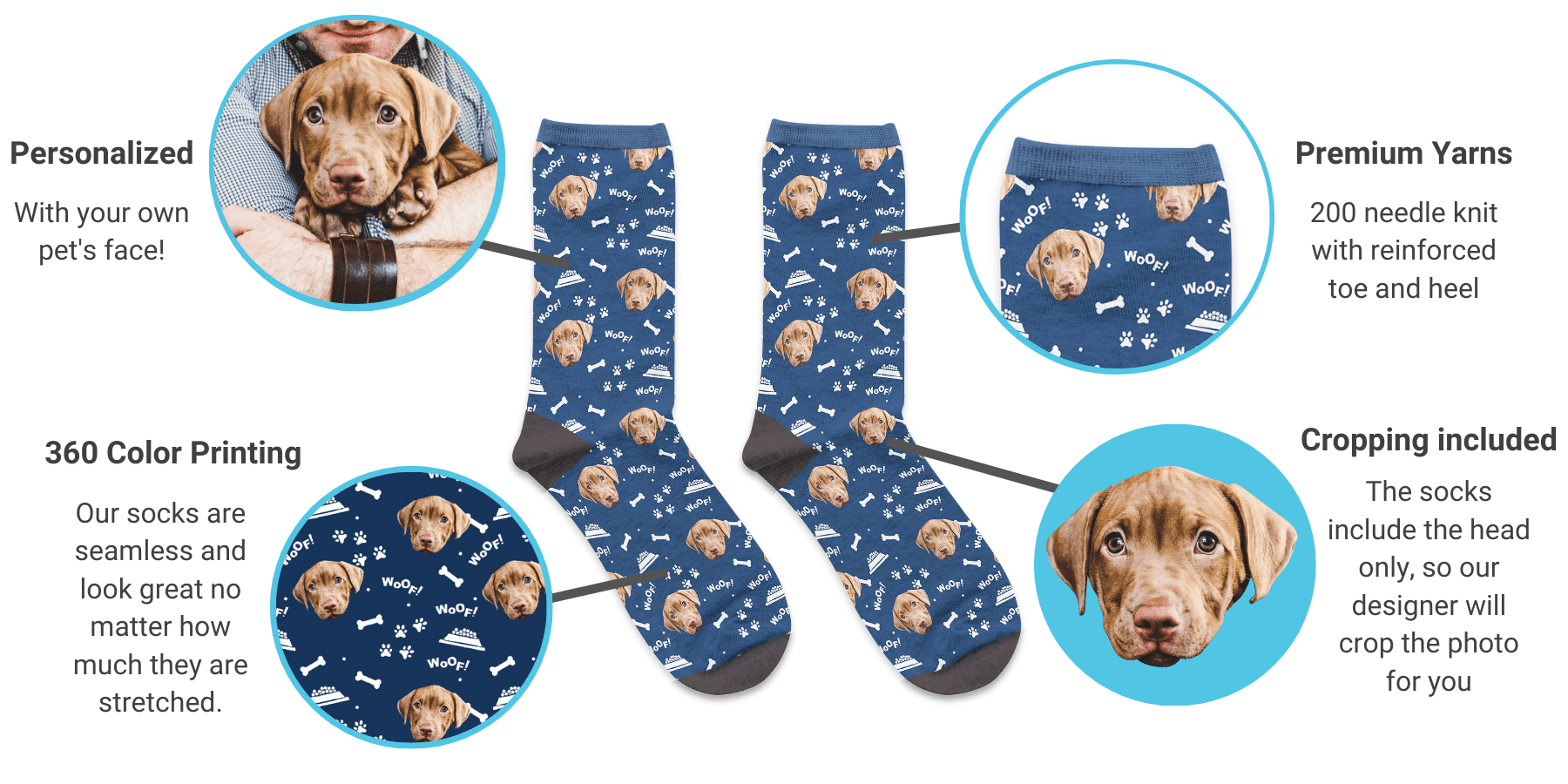Breeding Methods
Breeding methods are commonly grouped into four general types. These are inbreeding, linebreeding, outcrossing (also called outbreeding), and crossbreeding. Each system has its place and its purpose and accomplishes certain results when properly used. A difference of opinion exists as to the exact definition of these terms as well. This is probably due to differences in the breeding methods used on different species. An example would be: inbreeding in wheat is much different than inbreeding in dogs, or even inbreeding in people. This comparison sometimes is confusing to the lay person - why would you breed a grandaughter back to her grandfather? Isn't that "incest"? In people - yes, but in dogs, there is no social taboo or inhibition in this example.
Dogs only look at themselves as either "alphas" - animals allowed to breed, or "betas" animals that may or may not breed depending on the alpha's wishes. Familial relationships don't enter into their view of things. This can seem upsetting or even creepy to humans, but it just doesn't matter to dogs who think like canines, not primates (us). A dog breeder must make decisions based on the genetic makeup of the dogs, first and foremost. The dogs see it as "alpha" (the breeder) allowing or disallowing breeding just as the alpha dogs and bitches in a wild pack might do. In light of this, this canine trait has allowed humans over hundreds of generations, to alter the physiology and temperament of dogs to domesticate them, and change their appearance and abilities.
Inbreeding is the mating of related individuals (usually not more than two generations removed from one another), where neither individual is an ancestor of the other. The most distant-related individuals included in this definition would be those having only one grandparent in common. It should be noted that this definition excludes such matings as mother to son, granddaughter to grandfather, etc. The reason for this will be explained in the discussion of line-breeding. The maximum inbreeding that can be achieved in a single mating is by breeding brother to sister. Much easier inbreeding can be obtained by breeding brother to sister through several generations. Slight inbreeding for several generations may have a greater effect than close inbreeding for one generation.
Inbreeding brings out recessive genes in the homozygous condition. Genes that are "homozygous" are genes that have no opposing gene in a sense - in other words, the dog will carry this trait and no other version of the trait. If a dog is homozygous for purple fur, it means it ONLY has the gene for purple fur and passes this strong trait on to it's offspring. Since these genes may be either desirable or undesirable, the effects of inbreeding can vary quite a bit. The results obtained from inbreeding depend upon the recessive genes carried by the original animals. Recessive genes are genes that are hidden by obvious visible traits, but the dog still carries another related hidden trait. That hidden trait can be good or bad, but it is still there, overshadowed by the more dominant trait that can be seen.
Inbreeding of itself has no bad effects. This was proven most definitely by Dr. Helen Dean King at the Wister Institute in Philadelphia. She bred rats, brother to sister, for over a hundred generations. The result was that the rats were larger, lived longer and produced larger litters than did the rats with which she began her experiments. The reason for these good results is that careful selection was practiced during the entire experiment. All undesirable animals were not bred. Only the best animals were kept for breeding. If a given line of dogs carries an undesirable gene, it must be eliminated or it will continue to appear in future generations.
Inbreeding accompanied with careful selection is one of the best possible means of breed improvement. Slight inbreeding is practiced by most dog breeders and serves to maintain stock uniformity and keep the children similar to parents and general ancestry.
Linebreeding, a form of inbreeding, unfortunately, has been over-publicized, and depending on who you talk to - is either the answer for all that is wrong with Malamutes, or is blamed for everything from temperament to health problems. It's neither. As with inbreeding, the results obtained depend entirely of the quality of the original stock, the skill with which the breeding program was planned and executed, and on the methods and amount of selection.
Much of the factual information on linebreeding has been camouflaged by breeder's Malamute theories. Literally dozens of linebreeding theories, plans, charts, and schemes have been proposed. Many such plans are represented as a method of recombining the genes that were present in some famous past dog to duplicate its quality. Some plans are touted as a general cure-all for the elimination of faults, while other schemes profess to breed champions from common Malamute stock.
A successful linebreeding program should always be planned
to fit the individual case. No plan that is supposed to fit one breed as well
as another, or one dog as well as another can be of much value. In other words,
a breeder should never go to the "big name" just because he is a big
show winner. Sometimes the best dog for a particular bitch can be an unknown
dog with specific traits that compliment the bitch. This is what is meant by
fitting a breeding to an individual case. Some breeding "theories"
have become quite popular. The advocates of these theories are always pointing
to this or that great dog was bred according to their theory. However, all breeding
methods are used to slowly cull bad genes, in the hopes of retaining the good,
and as such, assists in producing healthy, good temperamented dogs. There really
is no quick "answer" or stud dog that can fix all breed problems instantly.
As for show champions, there is no plan that is guaranteed - there are too many
genes to say for sure this dog and that bitch WILL produce a champion - however,
if they both carry excellent specimens in their genetic background, it increases
the odds of combining the millions of genes in such a way as to produce general
overall quality. 
The strongest possible linebreeding effect is obtained by breeding a sire to his own daughters for several generations, but not even this will produce youngsters of the exact genetic composition of the original sire. Linebreeding also brings out recessive genes but in a more orderly manner than general inbreeding. Less variation will appear in linebred dogs than in inbred dogs.
With linebreeding the breeder can choose, to some extent, which recessive gene he wishes to bring out and which ones he wishes to hold back. For example, if youngsters are sired by a dog with the genetic composition AAbb, while the dam is aaBB, (these original parents are known as the P1 generation; capital letters represent dominant genes, small letters recessive genes), all of the young will be of the genetic composition AaBb.
This generation is termed the F1 generation. If these youngsters are bred brother to sister, the resulting puppies (called the F2 generation) may vary all the way from AABB to aabb. The difference between the individual puppies may actually be greater than between the individuals of the P1 generation. If one of the female pups of the F1 generation (AaBb) is bred back to her sire (AAbb) the resulting pups will be either A-bb or A-Bb. They will never show the recessive gene (b) carried by their father. From these simple examples, it can be seen that linebreeding permits a better control of the genes than does general inbreeding. In actual practice, a cross may involve several hundred different genes. Obviously, this number of genes cannot be dealt with in the precise manner used in these examples. The geneticist must work by steps, focusing his attention on a few important genes and traits in each mating. Also, genes are not all dominant and recessive, but may combine in other more complex ways, or a specific trait is governed by a group of genes - so this too must be taken in to consideration when a breeding is planned.
Outcrossing is a mating between individuals that are less closely related than average. A mating should probably be considered outcrossing when the two individuals show no common ancestor in a four generation pedigree. This type of breeding may be used to bring a new trait into an inbred line or to increase the amount of variation for future selections.
Outcrossing is closely related to a phenomenon known as hybred vigor. When a cross is made between two different inbred strains of animals, the crossbreds often prove to be superior to either of the original strains. This explains why many show people feel this is a good method. It can by chance net them a big winner. However, upon continued breeding, the advantages are lost and the pups are often not nearly as good as the parents. The homozygous genes have been "watered down" and there is a tendency for a breeding group's progeny over generations to return to mediocrity. Hybred vigor does not always occur either, and at present there is little chance of predicting when it will or will not occur. Since the best outbred animals seldom pass their superior qualities on to their descendants, the value of this method to dog breeding is dubious. However, excellent Alaskan Malamutes have been produced by outcrossing and it is one method breeding to be considered under certain circumstances.
Crossbreeding is a mating of one breed to another. This method has little to offer the Malamute breeder but is useful to the research geneticist in learning more about the genetic composition of the different breeds. Only very knowledgeable breeders should consider this option and it's an option generally used for centuries to create new dog breeds or drastically change a breed. In the Alaskan Malamute it is not a viable option as most arctic dogs are probably somewhat related to each other anyway and what purpose would it serve to breed them to non-arctic dogs. The Alaskan Husky is a dog of this genre - whereas it gains speed for races, it loses many of the survival abilities necessary to a true arctic dog. Some feel crossing the Alaskan Malamute with a wolf or wolf-dog can produce a better animal genetically. However, this almost always nets a dog too shy and spooky for sled work, too unreliable in a family situation and it often loses conformational qualities refined for years in arctic dogs such as thicker bone, deeper chests and working attitude.
Consequently, the best option for breeding dogs is generally linebreeding, with occasional instances of outcrossing and inbreeding used to gain or eliminate specific traits. A wise breeder will use all of these methods carefully, reevaluating his breeding program as pups grow up and planning future breedings with these methods in mind to refine and bring out traits he feels are important, and lessen traits he feels are a detriment.
DOG GENETICS BOOKS
BOOKS ABOUT DOG BREEDING














